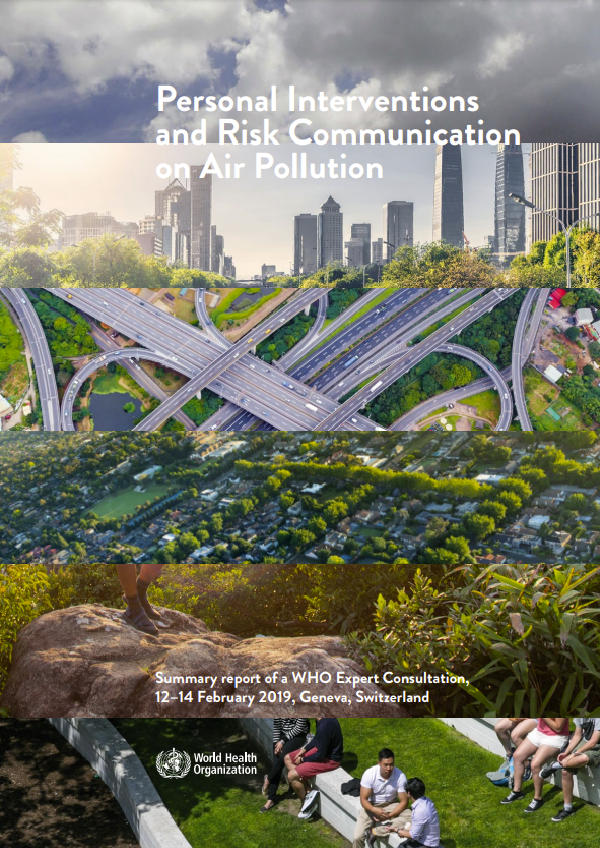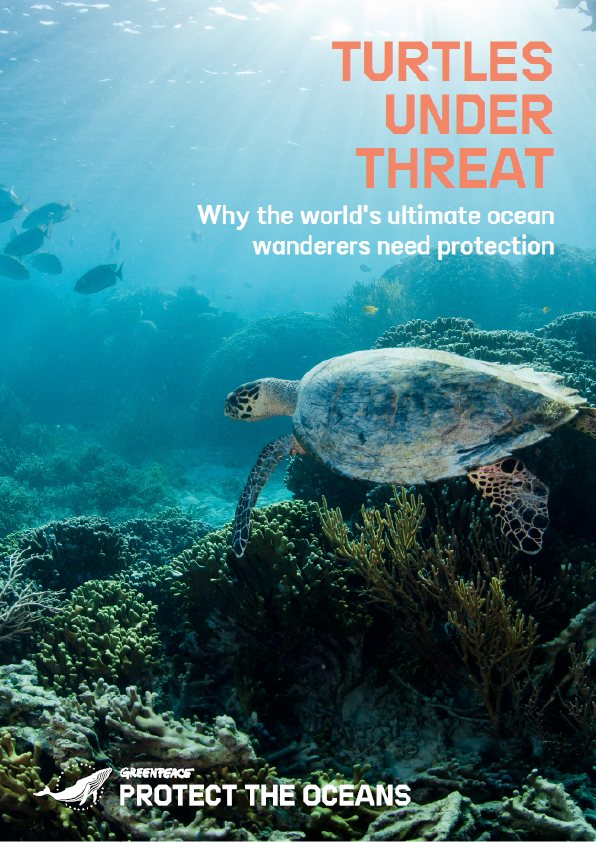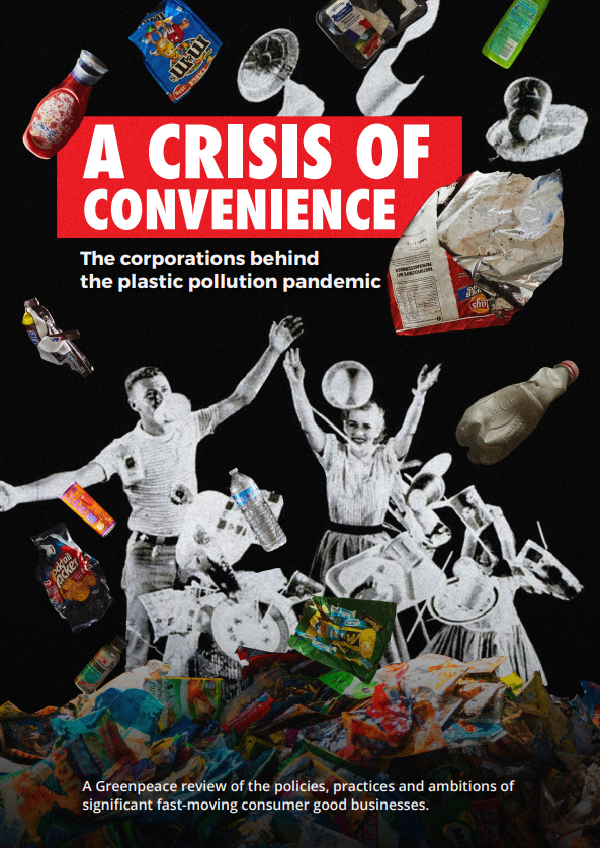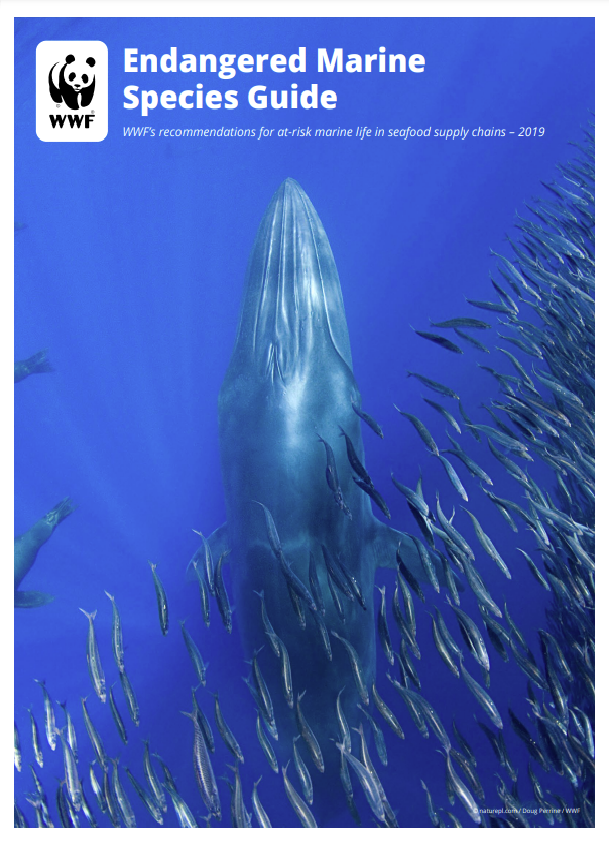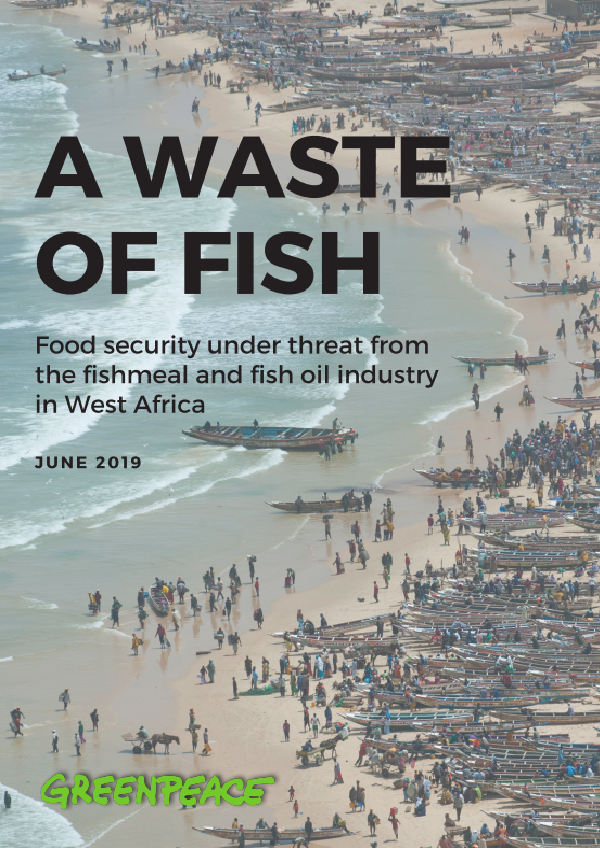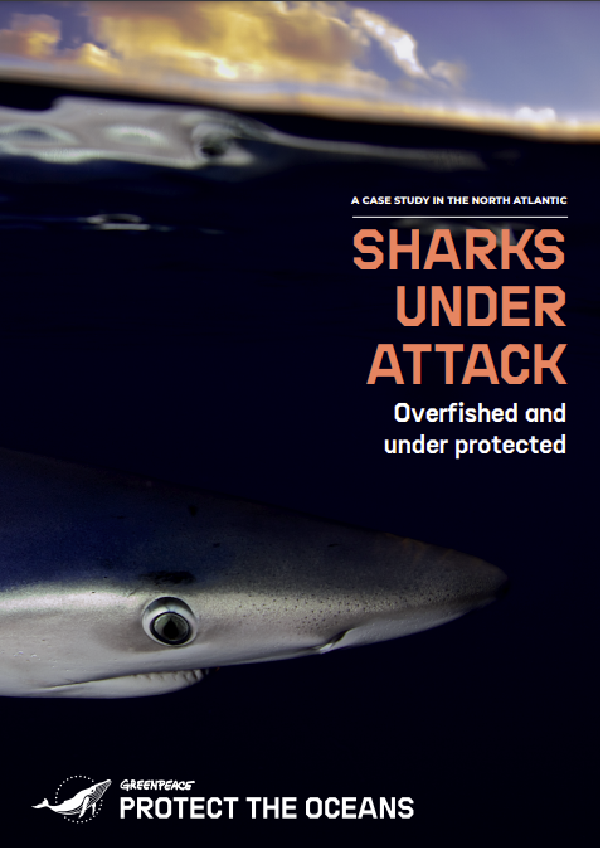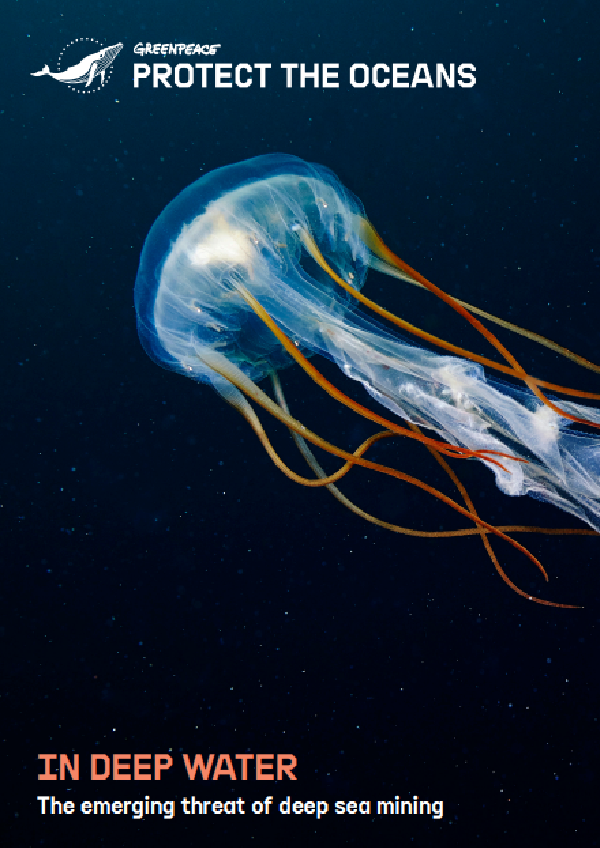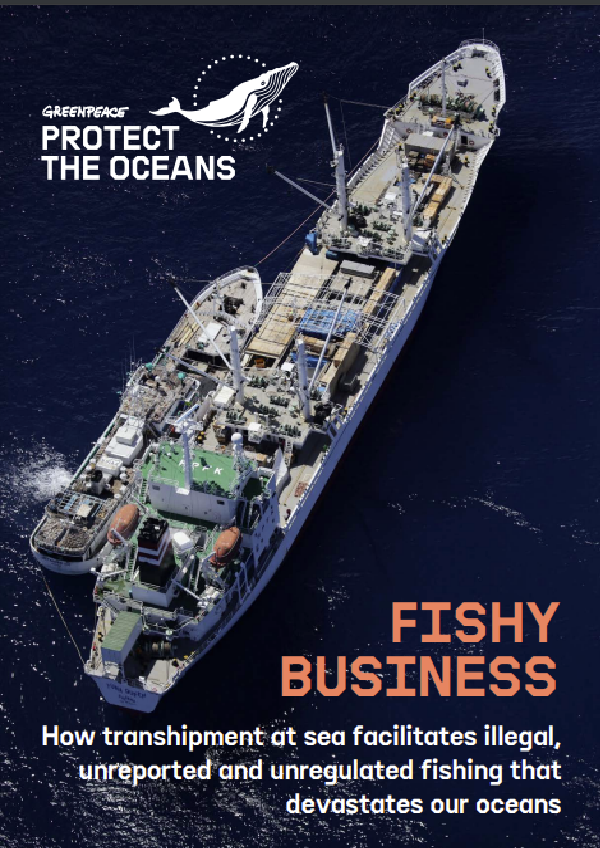“While the problem of air pollution is increasingly being recognized and tackled by both governments and civil society, the action is too slow, especially in the most severely affected regions of the world. Most countries suffer from sustained unhealthy levels of air pollutants and regular acute peaks.”
The health effects of air pollution are well known, and efforts are being made worldwide to reduce emissions and decrease both peaks and long-term air pollution. Sustained high levels are, however, found in many parts of the world, and peaks of air pollution occur everywhere.
In implementing the “Road map for an enhanced global response to the adverse health effects of air pollution ”, agreed by the World Health Assembly in 2016 (WHA69 ), WHO is addressing this urgent public health problem, including informing policy-makers and the public about the extent of population exposure and the health effects of poor air quality and strengthening the health sector with knowledge and tools to engage with other sectors in responding to air pollution. Evidence-based recommendations are needed on effective communication of potential risks to the public, to health care workers and to patients, with guidance on reducing exposure to air pollution.
In May 2018, the American Thoracic Society sponsored a workshop entitled “Personal Interventions to Reduce Exposure and Risk from Outdoor Air Pollution ” in San Diego (CA), USA. The objectives of the workshop were to review and synthesize current knowledge and evidence on the effectiveness of personal interventions for reducing exposure to air pollution and the risks of adverse health effects, to identify gaps in knowledge and to assess evidence-based approaches to managing risk. A multidisciplinary committee of 20 experts in environmental epidemiology, engineering, personal protective equipment, communication, nursing and medicine considered evidence for individual susceptibility to air pollution and the effectiveness of staying indoors, reducing physical activity, filtering indoor air and using respirators to reduce exposure to ambient air pollution. The committee discussed ways of improving the usefulness of air quality indices and challenges in communicating risk, changing behaviour and promoting social equity. Participants included representatives from WHO and the European Respiratory Society. A report is to be published in the Annals of the American Thoracic Society (late 2020).
To build on the discussions at that workshop, WHO convened an expert consultation of an extended group of experts from various regions and from governments, nongovernmental organizations and academia. This report summarizes the results of the expert consultation.
Scope and purpose
The objectives of the consultation were to find consensus on the best ways to communicate potential risks related to air pollution to various audiences, including the public, health care professionals and patients, and to offer means of reducing exposure. While communication of the risks related to air pollution is a broad topic and covers a wide spectrum of stakeholders, the consultation was limited to those aspects of risk communication that are relevant for personal interventions and primarily for the public and for health care professionals who advise individuals and patients. The proposed elements of language and practical advice were directed to communication and feasible actions.
